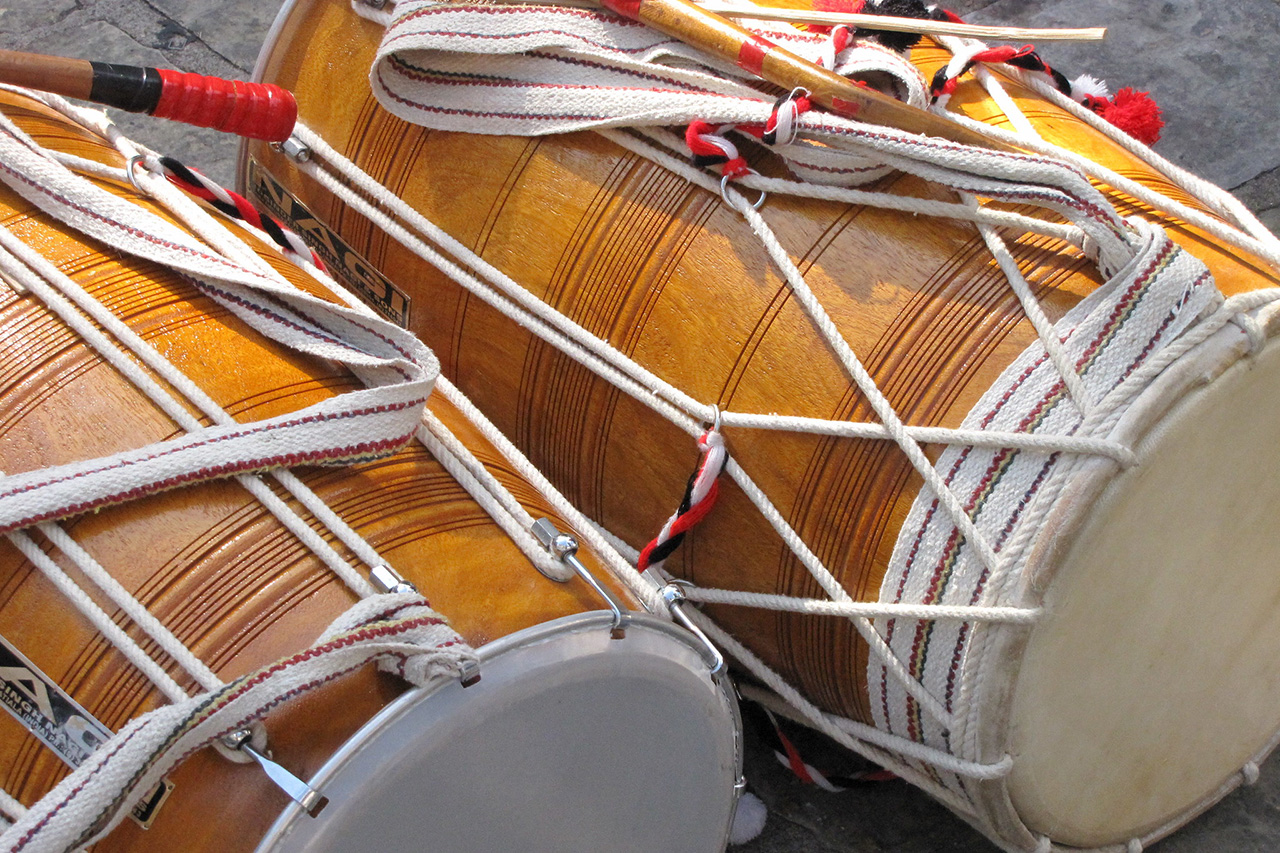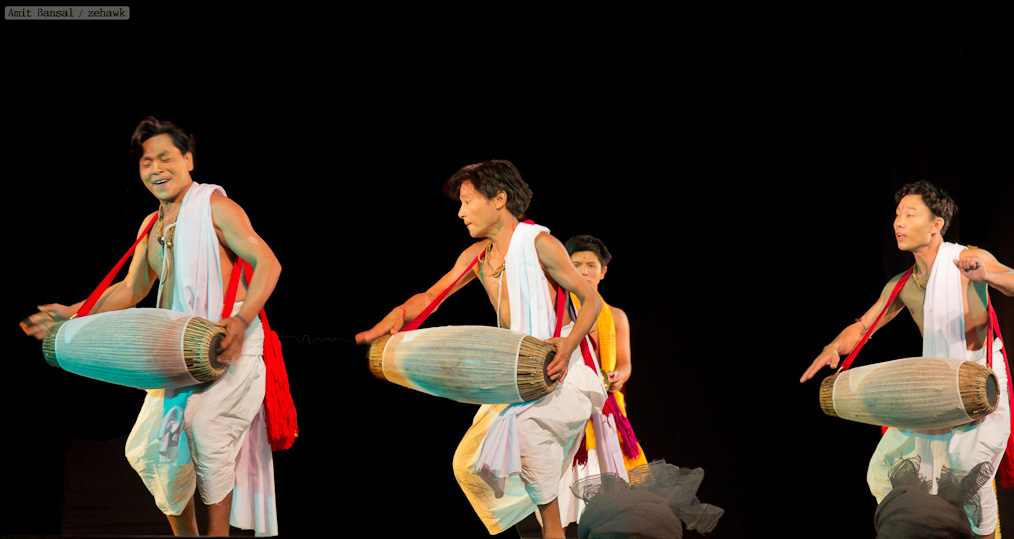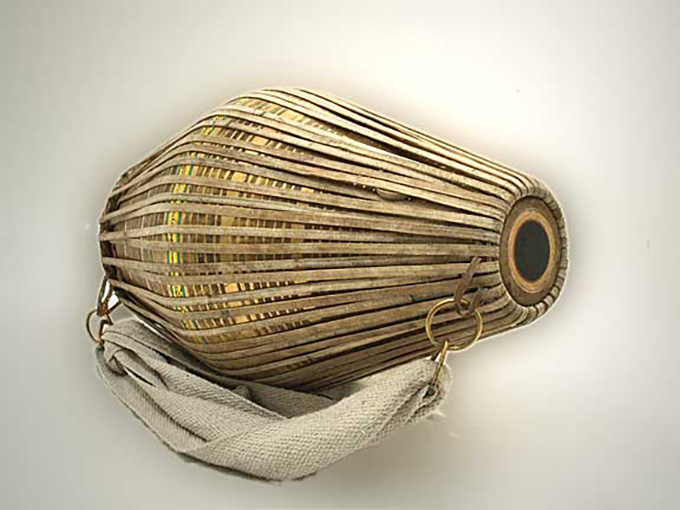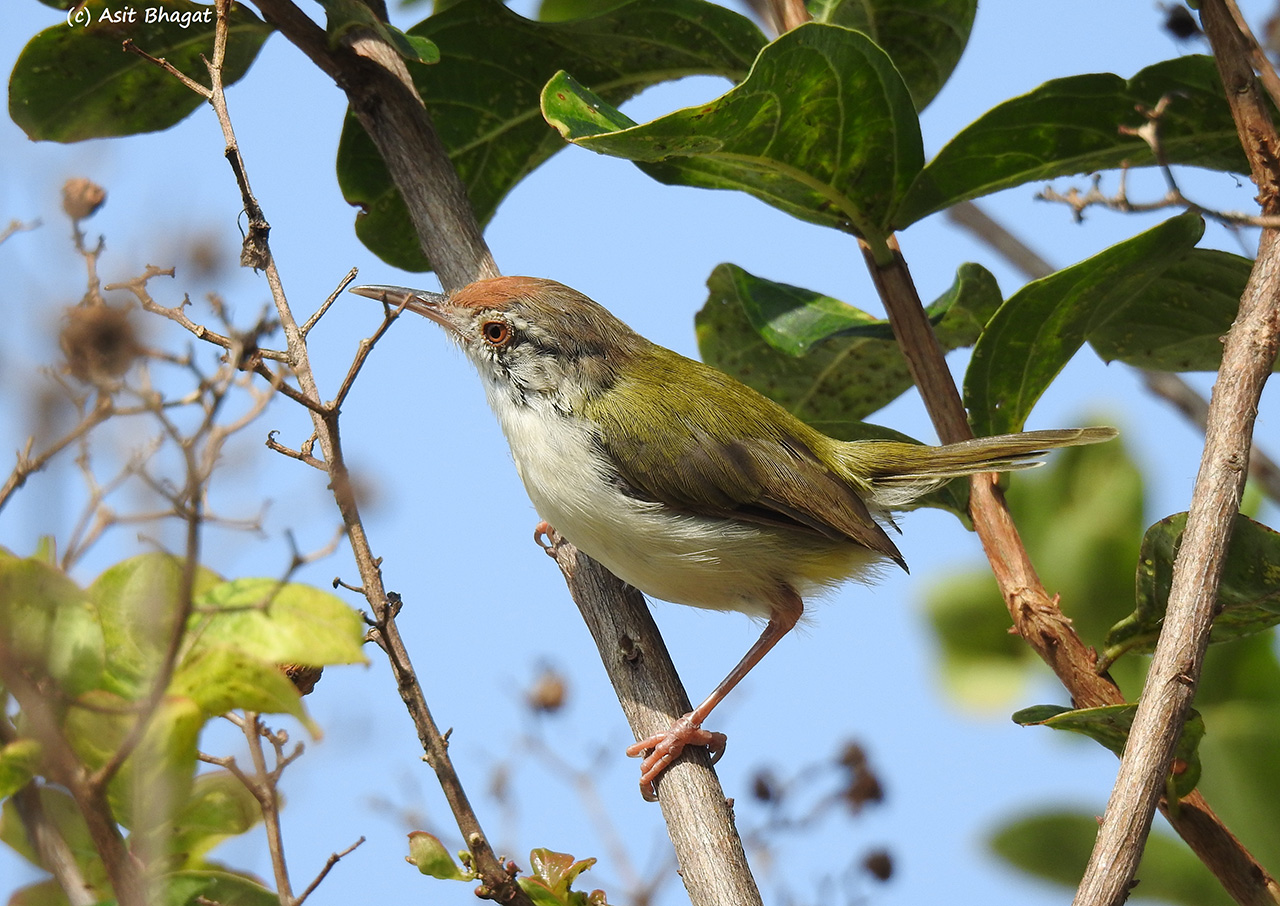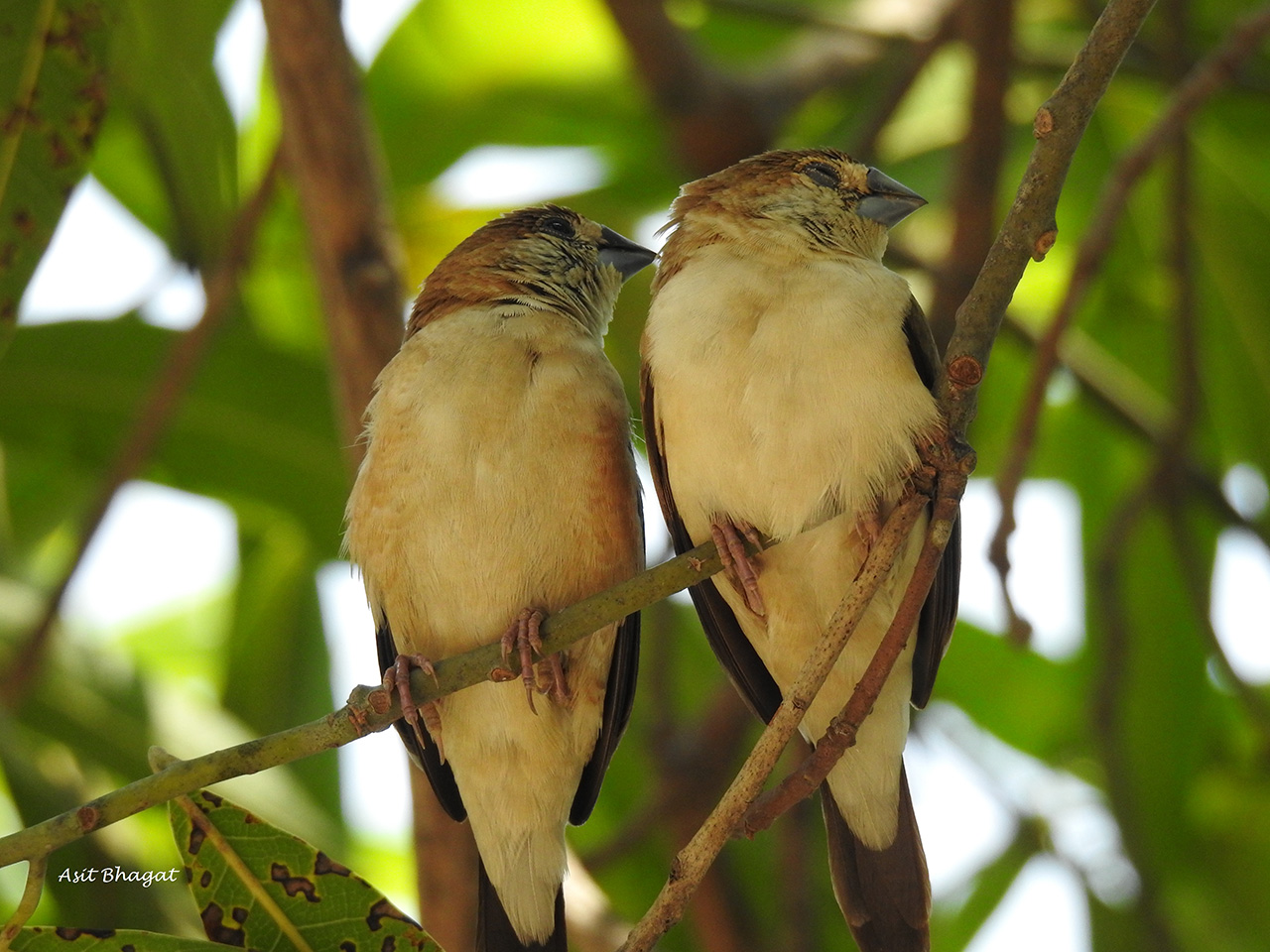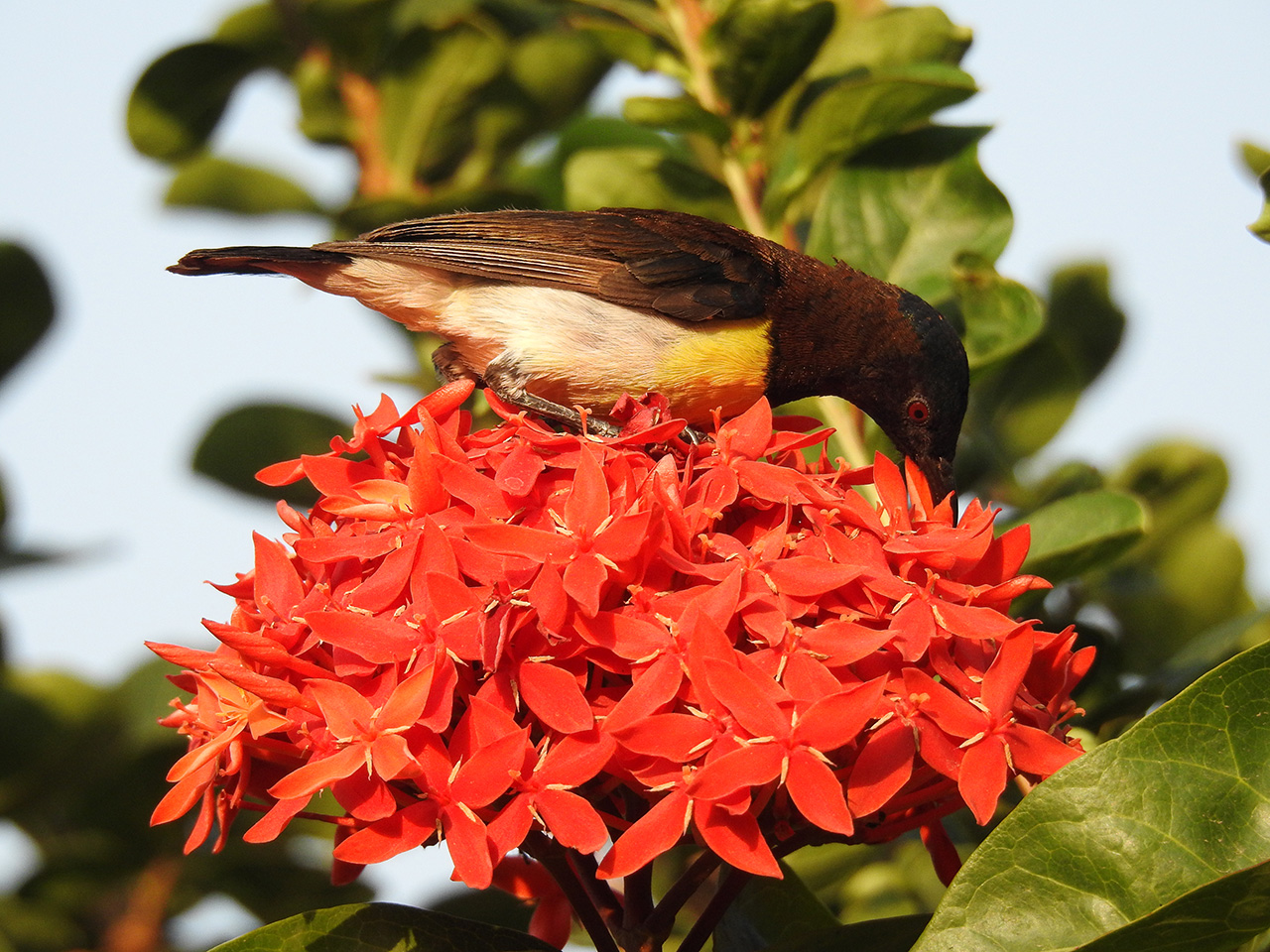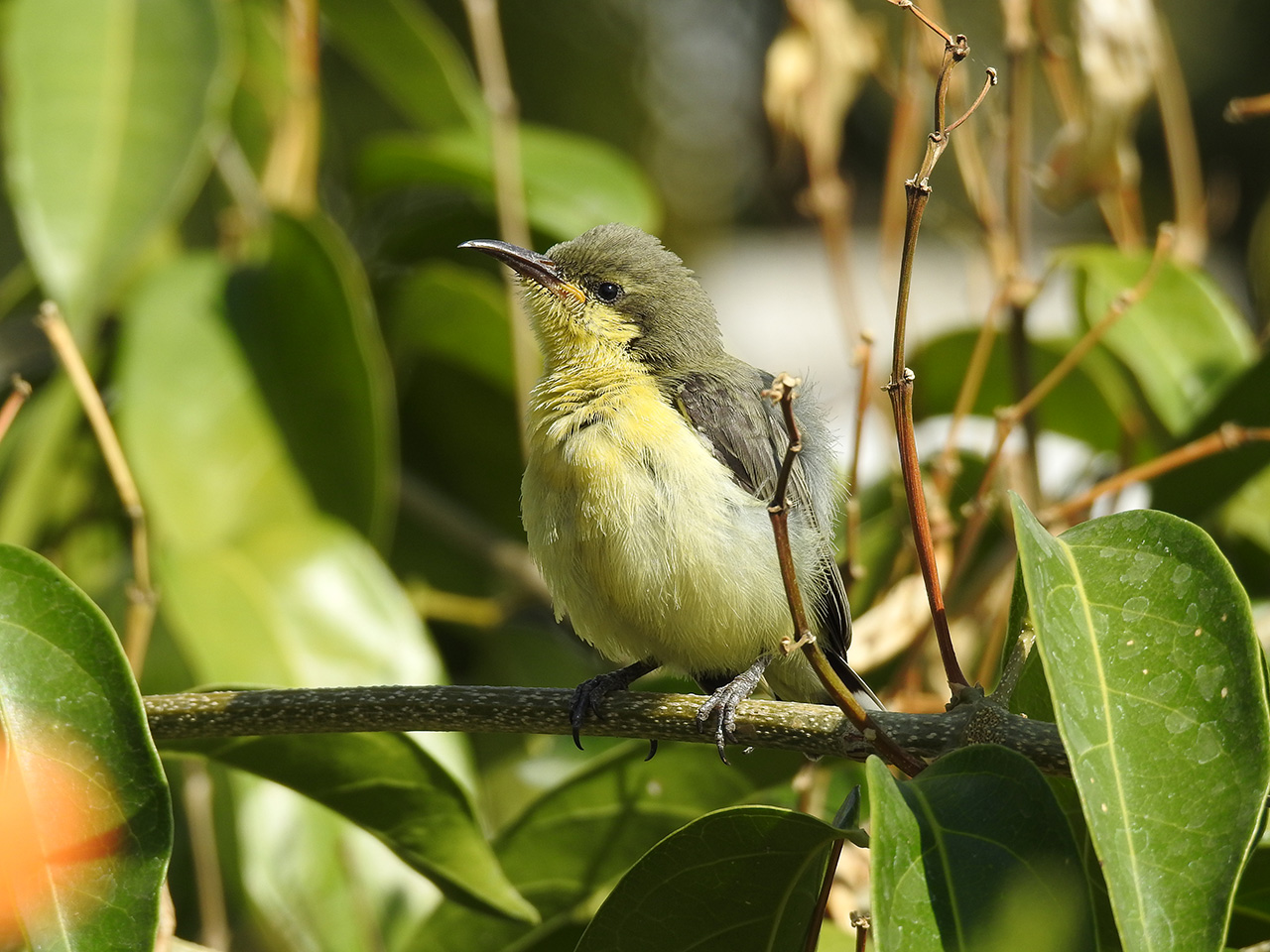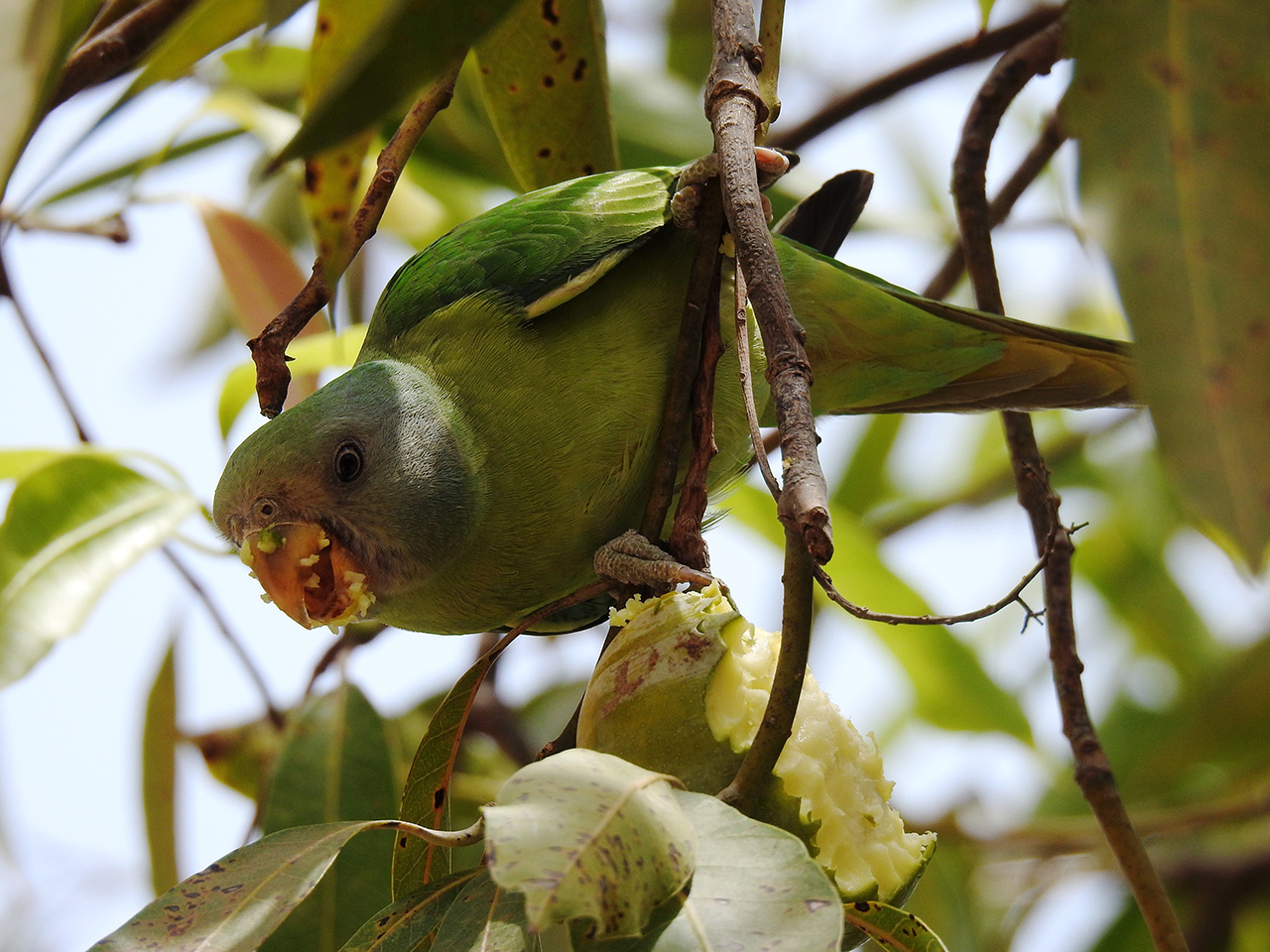
The Indian Armed Forces of India consists of the Indian Army, Indian Navy and the Indian Air Force. It is supported by the Indian Coast Guard and Paramilitary organizations. The Indian Armed Forces are the second largest military force in the world and the largest volunteer army. In fact, India has never had mandatory military service ever. And that perhaps clinches the strong sense of nationalism and a sense of duty that makes the Indian Armed Forces respected by the entire nation.
The Central Armed Police Forces refers to seven security forces in India under Ministry of Home Affairs. These include the Assam Rifles (AR), Border Security Force (BSF), Central Reserve Police Force (CRPF), Central Industrial Security Force (CISF), National Security Guard (NSG), Indo-Tibetan Border Police (ITBP) and the Sashastra Seema Bal (SSB).
Role of Women
Though females are not allowed to serve in combat units, the Indian Army inducted women officers in non-medical roles in 1992. The Indian Air Force on the other hand inducts women in all roles including combat and support roles. As of 2015 there were 1500 women in the air force. In 2016 the government allowed the direct entry of women in the CRPF, BSF, ITBP, SSB and CISF.
But there are those many women who may not have served in the Indian Armed Forces or Central Armed Police Forces but are brave hearts of the nation. I am talking about the mothers, sisters, fiancés and wives of the martyred soldiers and military personals. The men undoubtedly deserve the highest state and central honors for their sacrifice, yet we tend to forget the women behind the scenes.
The recent attack in Pulwama shook the nation and the Armed Forces took up the mantle of once again protecting the people of this country. And once again the countless mothers and wives braced themselves for the fear of their loved one’s life. But at the same time, not for once regretted nor complained.
Some Inspiring Stories
Thanks to the social media, a lot of stories of such courageous women were brought forward. The nation watched them stand boldly besides their husband’s coffin, watched them with five months old in their hands, heard of delivering a new born days after their martyred husband’s death. We felt the pain of the mother whose son was to get married in two weeks’ time and the resilience of another on responding to the capture of her IAF son. Yet, it was not the sobs and tears that made these women a symbol of empowerment. It was their pride, their unnerving shouts of ‘Jai Hind’ and ‘Vande Mataram’ and their call for continuing to live their lives honoring the martyrs and the country.

Major Vibhuti Shankar Dhoundiyal’s wife Nikita Kaul bade a powerful yet tearful adieu at the side of her husband’s coffin. Married for 10 months, this widow put up the bravest possible face and stood with dignity and she whispered a final ‘I love you’ message across to her martyred husband. She however, also spoke up in front of everyone addressing her husband to say she was proud to be his wife. She was proud because he fought for the safety of those people that he had never come in contact with. And she with utmost dignity pointed out to not sympathize but honor this man who was a much larger person than anyone else who was present there. She ended with a fittingly ‘Jai Hind’ and saluted her husband’s coffin with grit and determination on her face.

The wife of the martyr Mukut Bihari Meena carried her 5 month old daughter in her arms as she walked behind her husband’s coffin amidst shivering cries of national slogans. She was in a state of delirium and disbelief and yet in her unbalanced state of mind she raised her hand with the shrill of ‘Vande Mataram’. The state of mind she was in, the truest emotions emanated. These emotions were not about hatred and not about cursing her fate. She did not wail for the injustice but instead let the love of her country take precedence. Her daughter sat on the coffin of her father not knowing the significance of it all.

Then there is the mother of IAF pilot Abhinanddan Varthaman who has worked with ‘Doctors without borders’ for a large part of her life and has shown extreme composure and grit during her son’s capture. Both her sons serve in the IAF and she herself has been a brave heart rendering service to the injured in conflict zones across the world.
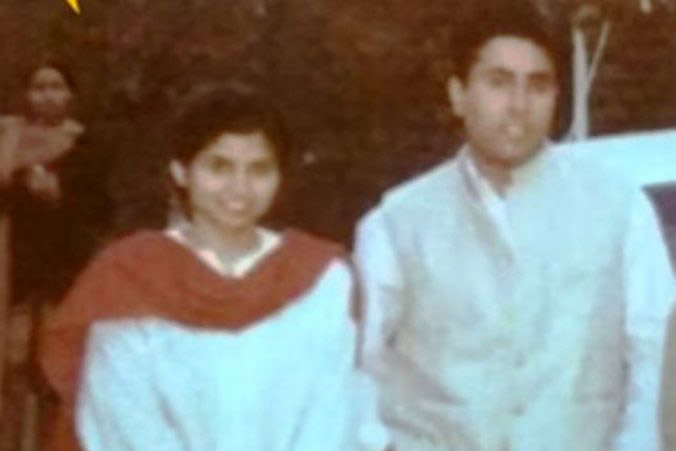
Dimple Cheema, fiancé of Captain Vikram Batra who lost his life in the Kargil War, says, that there is not a single day she has not missed him in the last 17 years. Yet she feels proud about his accomplishments and knows he is an inspiration to the youth of today. ‘I know in my heart we are destined to meet again, it’s just a matter of time’, she says.

Major Prasad Mahadik was killed in a fire in Arunachal Pradesh. His wife Gauri Mahadik is ready to join the Indian Army as a tribute to her husband. She sees it as the best tribute to him to be wearing his star and uniform. She topped the Service Selection Board exam in the category of widow and will be inducted in the Indian Army by March 2020. Instead of crying over his death, she chose the best way to remember and honor him.
Stories of such various women are aplenty. Some make it to the fore in the age of digital media and some have been forgotten in the long history of conflicts and borders. Some are told but countless are not.
On this Women’s Day let us salute the women in the Armed Forces. Let us also salute those women who are the biggest support systems of the men in uniform. The women who are prepared for the worse yet do not deter from facing it. The brave women who in spite of seeing and knowing the grief continue to stand by and push their sons and men to serve the nation.
These women who are daughters, sisters and fiancés have also given the ultimate sacrifice for the country. There are no medals to honor them, just a life of hollowness and a void that is hard to fill. They are the bravest we know, because they take the hit and a part of them dies from within. Yet, they stand up and live again.









